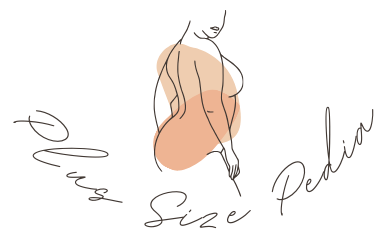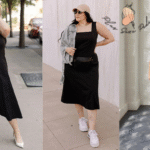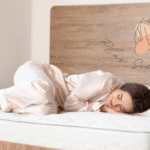The winter season is almost upon us. There is a cold wave that will engulf all of us and we will be wanting a lot of layers to cover and protect ourselves.
The summer and the fall that went by and got us all hyped up also had a tremendous impact on the world of fashion.
There were a lot of new trends that came in during these two seasons and added freshness and spice to the glamour world. The trends brought in zeal and expectation and made their way to the wardrobes of a lot of fashion fanatics.
The results brought in by these new trends showed a lot of drive in sales and rise in popularity for a lot of brands and designer labels.
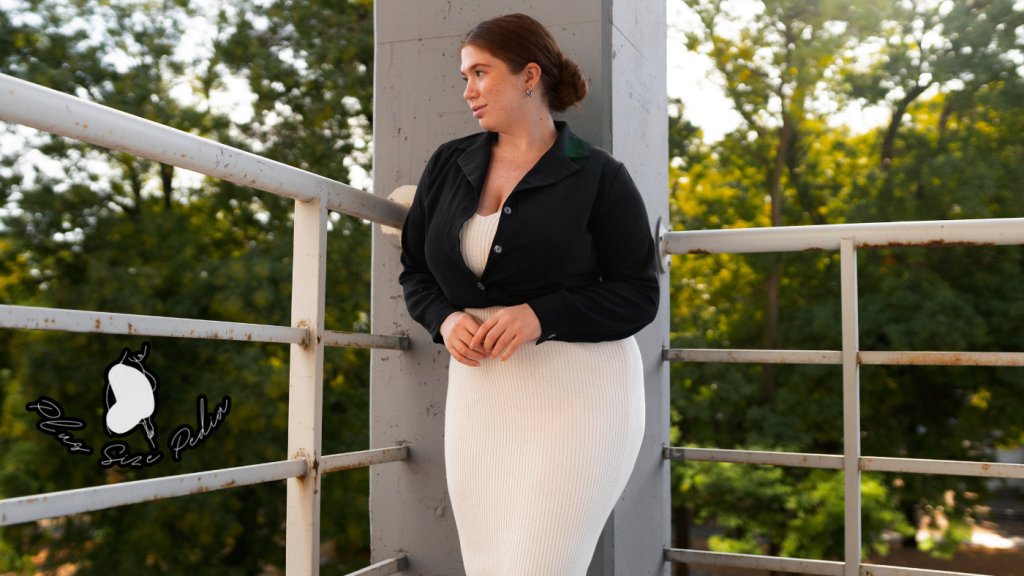
The plus size community was also at the center of attention for these new trends and styles launched by brands and designers.
This is down to the fact that the plus size community has now become an integral part of the fashion industry. Whenever a new trend or style of clothing comes in nowadays, there is a lot of focus put on the plus size community as well.
The increased focus has helped the plus size community in developing their keen sense of style even more, given the improved number of outfits and style selections that they can choose their clothes from.
In this article however, we will not be focusing on the new styles and trends that have entered the market and altered the course of the fashion industry.
We in fact, will be focusing on the most popular and go to piece of clothing for a large part of the world’s population. That piece of clothing is the casual attire.
The casual dress at a glance
Casual dress when indicated as a dress code for instance on an invitation to a gathering or in an office place, casual wear may still be expected to be done tastefully, meaning that trousers and shirts do not have holes, tears, or stains.

In essence, because of its wide variety of interpretations, casual wear may be defined not by what it is but rather by what it is not.
Casual dresses may also be combined with informal wear dress code components, illustrated by dress codes such as business casual and smart casual.
Furthermore, dress codes within casual wear category such as business casual, smart casual or casual Friday may indicate expectation of some sartorial effort, including suit jacket, dress trousers, and necktie, resembling the result of informal attire.
With the popularity of spectator sports in the late 20th century, a good deal of athletic gear has influenced casual wear, such as jogging suits, running shoes, and track clothing. Work wear worn for manual labor also falls into casual wear.
Basic materials used for casual wear include denim, cotton, jersey, flannel, and fleece. Materials such as velvet, chiffon, and brocade are often associated with more formal clothes.
While utilitarian costume comes to mind first for casual dress, however, there is also a wide range of flamboyance and theatricality.
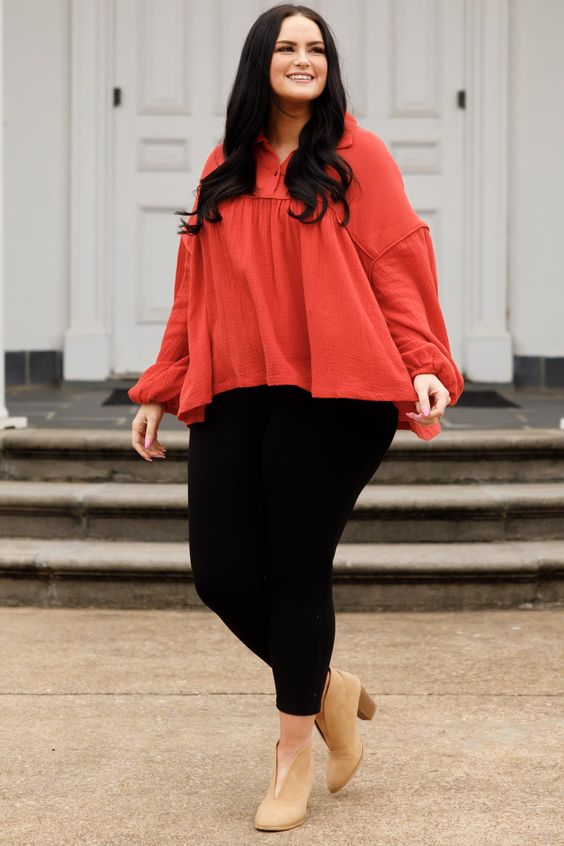
Punk fashion and fashion of the 1970s and 1980s is a striking example. Madonna introduced a great deal of lace, jewelry, and cosmetics into casual wear during the 1980s. In the 1990s, hip hop fashion played up elaborate jewelry and luxurious materials worn in conjunction with athletic gear and the clothing of manual labor.
It is important to see here that there is no specific choice or definition of what comes under casual wear. It is something that changes with time and adapts to the trends of that particular time in order to facilitate and remain a part of the ‘popular culture’.
The term casual dress also has different meanings from the gender view point. For men, sport coat, blazer, jeans, dress shirt (casually turn down collared), and a T-shirt described to be typically casual wear for men in the 21st century.
For women however, the matter of what comes under casual dressing escalates to another level. Casual wear is typically the dress code in which forms of gender expression are experimented with.
An obvious example is masculine jewelry, which was once considered shocking or titillating even in casual circles, and is now hardly noteworthy in semi-formal situations. Amelia Bloomer introduced trousers of a sort for women as a casual alternative to formal hoops and skirts.
The trend toward female exposure in the 20th century tended to push the necklines of formal ball gowns lower and the skirts of cocktail dresses higher. For men, the exposure of shoulders, thighs, and backs is still limited to casual wear.
The importance of casual dresses
Casual dresses are not just your archetypical dresses involving a loose t-shirt and a pair of joggers, they are much more than that.
Over the years, many firms and companies have successfully adopted the mantra of allowing their employees to dress in smart casuals.
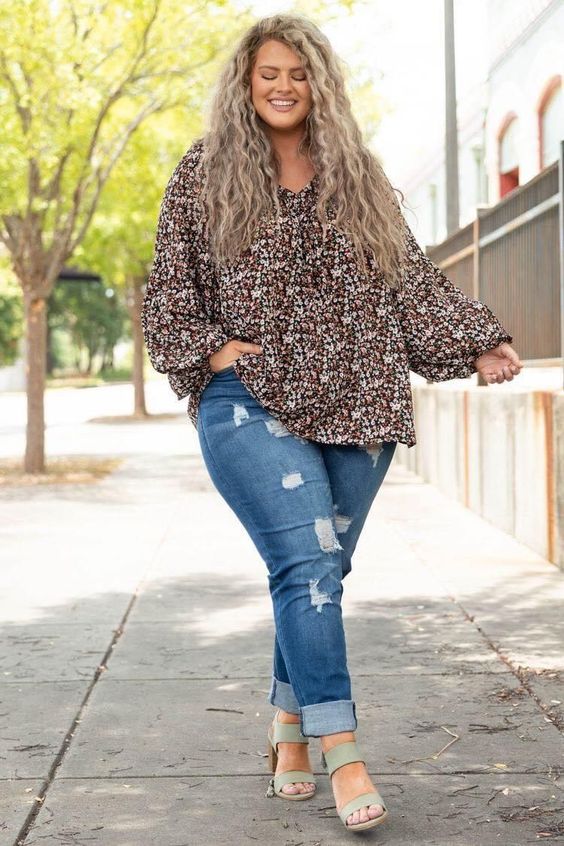
They have seen a growth in the output among the employees after this move which has triggered a growth and marked huge development for the firm itself. It is important to see how smart casuals or casual dresses in general have a good impact on the population.
Three out of seven
It has been noticed that some gainfully employed women are expected to look sharp all week, but many are lucky enough to indulge in the trend that is Casual Fridays at work.
That means that fun, casual dressing occupies three out of seven days each week.
Easy way to motivate employees
Allowing employees to be themselves in terms of how they dress can actually be a motivator. The majority of American workers view casual office attire as a perk that creates a less stratified work environment and puts the emphasis on employees’ contributions rather than their wardrobes.
Casual clothes are generally more comfortable, which will result in your employees feeling more themselves while they work. This leads to happier workers, which in turn cuts down on job stress.
Casuals are easy to tweak
There is no hard and fast need to have a certain type or color of shirt over jeans or trousers in a casual attire. Some outfits will never be office-appropriate, but others can become beautifully business casual with a few easy tweaks.
Swap out a denim skirt for a khaki pencil skirt, or go for pumps instead of studded gladiators, and a whole new outfit is born.
So much focus is put upon looking polished and chic in formal situations that creating honed, personalized, stylish casual looks can fall by the wayside.
And since most human beings want to be comfortable whenever they’re outside a work environment, it can seem like a burden to scrape up the effort necessary to craft sassy weekend outfits.
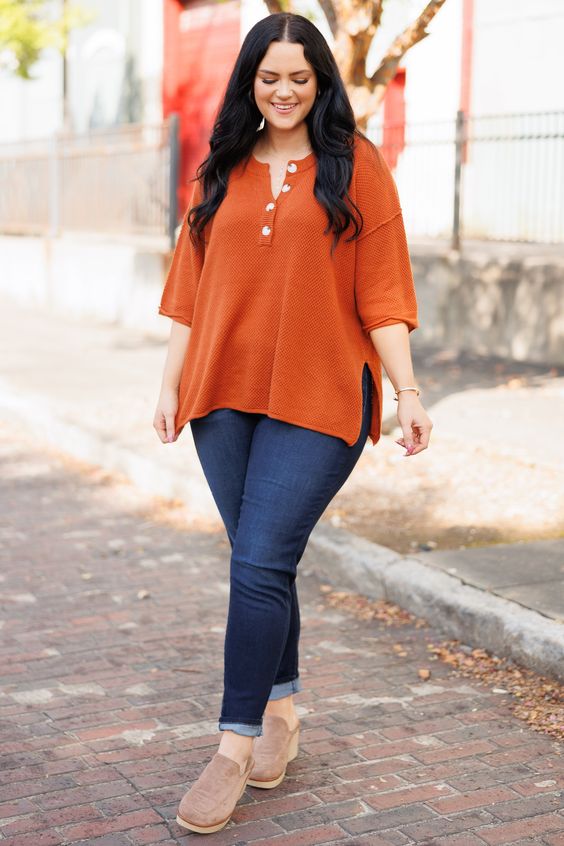
A fun change of environment
Allowing employees to dress more casually can be a good way to infuse a sense of fun into the workday without doing anything to detract from productivity. If appropriate for your office or workplace, you could even have some theme days.
Encourage employees to dress in a local sports team’s colors one week, or hold a “Fun Accessories” day if you think participation will be high. Just don’t overdo it – more than one theme day a month could take away from the basic perk of being able to dress down occasionally.
Makes for a good change in the system
I firmly believe that there needs to be an overlap between my work clothing and my weekend clothing.
There have been scenarios in the past, when wearing a wildly different pools of office clothing and casual clothing, leveraging multiple styles has made a lot of people feel like they have multiple personas (in a positive way).
Working on fabulous-looking casual ensembles contributes to an overall feeling of polished style.
Much like the style itself, dressing smart casual seems to have shifting parameters depending on the particular office.
It is generally concluded by recruiters and stylists that dressing smart casual is more about pieces that are elevated from what you might typically wear.
It sort of has got to be a representation of your personality and demeanour in general. Smart casual is a fun way of dressing that elevates your energy levels, especially when you are having a monotonous or not such a great week at work. It does not need a lot of thinking and you can actually go out dressed as comfortably as you can as long as the attire is appropriate.
